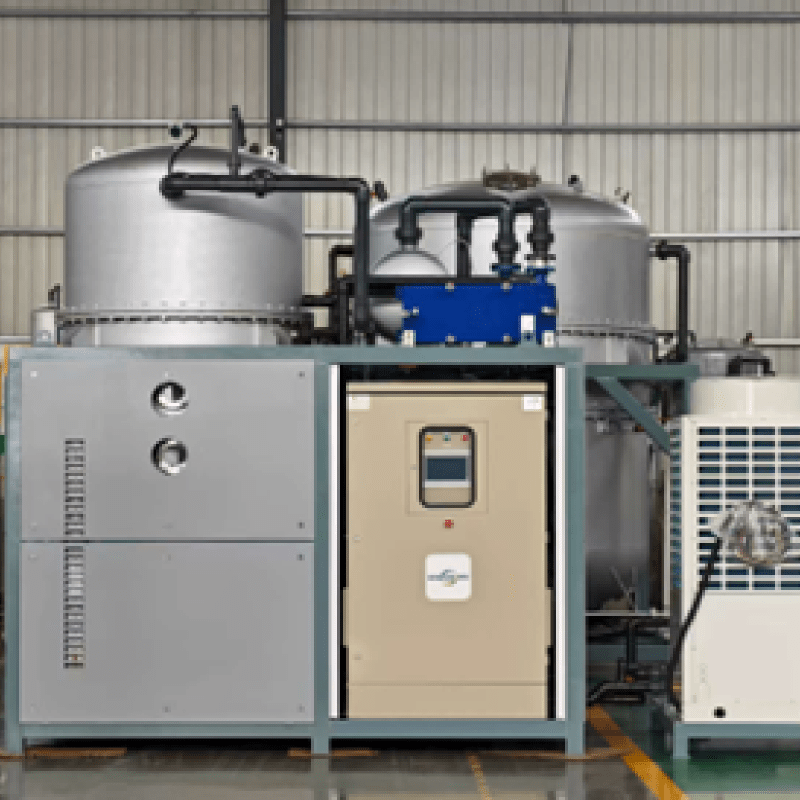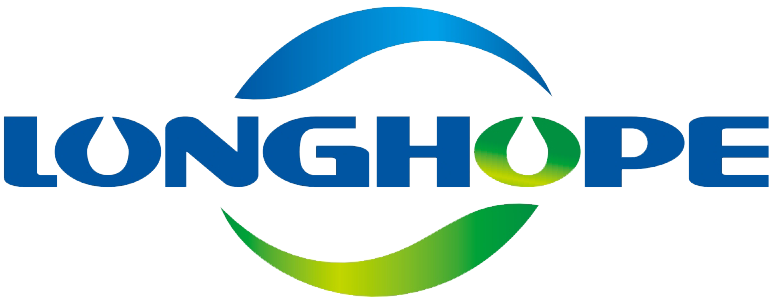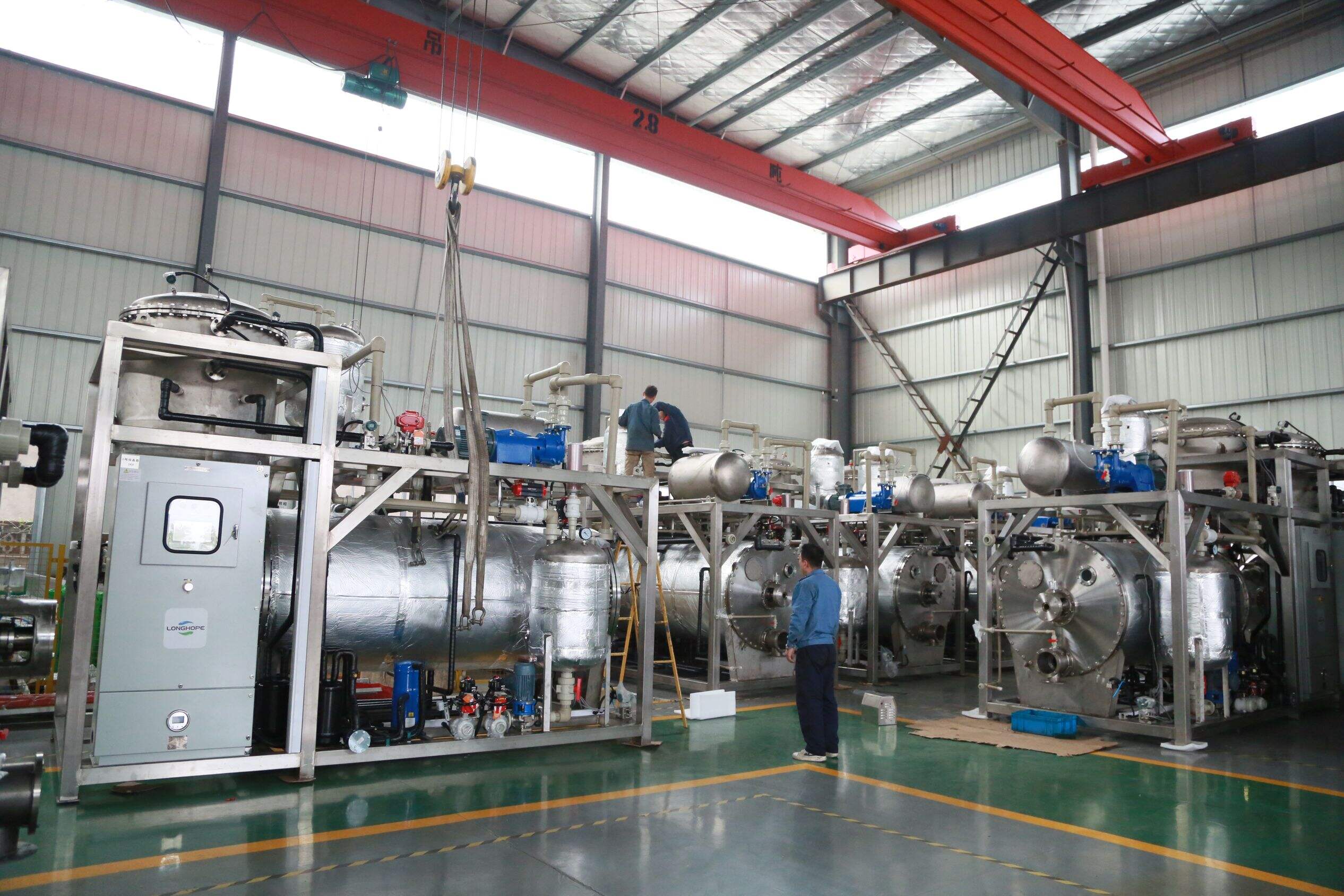Understanding Industrial Vacuum Evaporation Technology
Industrial wastewater treatment has evolved significantly over the decades, with vacuum evaporators emerging as a cornerstone technology for efficient liquid waste management. A vacuum evaporator represents a sophisticated solution that combines physical and thermal processes to separate water from contaminants, offering industries a sustainable approach to wastewater treatment. This advanced technology operates by reducing pressure within a sealed chamber, allowing water to evaporate at lower temperatures than traditional boiling methods.
The process leverages the fundamental principles of thermodynamics and vapor pressure, enabling efficient separation of water from dissolved solids and other contaminants. By maintaining a controlled vacuum environment, these systems can achieve remarkable separation efficiency while consuming significantly less energy compared to conventional treatment methods. The technology has proven particularly valuable across diverse industrial sectors, from chemical processing to food and beverage manufacturing.
Core Components and Operating Principles
Essential System Components
At the heart of a vacuum evaporator lies several crucial components working in harmony. The evaporation chamber serves as the primary vessel where the separation process occurs. A vacuum pump maintains the required negative pressure, while heat exchangers provide the necessary thermal energy for evaporation. The condensation system captures and converts vapor back into liquid form, and sophisticated controls manage the entire process automatically.
Modern vacuum evaporators also incorporate advanced features such as mechanical vapor recompression (MVR) or thermal vapor recompression (TVR) systems, which significantly enhance energy efficiency. These components work together to create a closed-loop system that minimizes energy consumption while maximizing treatment capacity.
Process Dynamics and Operation
The operational sequence of a vacuum evaporator follows a carefully orchestrated process. Initially, wastewater enters the evaporation chamber, where the vacuum pump reduces the internal pressure. This pressure reduction lowers the boiling point of water, allowing evaporation to occur at temperatures significantly below 100°C. The heat exchanger then provides the necessary thermal energy to facilitate the phase change.
As water transforms into vapor, dissolved solids and contaminants remain behind in an increasingly concentrated solution. The pure water vapor rises and enters the condensation system, where it returns to liquid form as distilled water. Meanwhile, the concentrated waste solution can be continuously or batch-processed for disposal or further treatment.
Applications Across Industries
Manufacturing and Processing Industries
The versatility of vacuum evaporators makes them invaluable in manufacturing environments. Metal finishing operations utilize these systems to concentrate and recover valuable metals from plating baths. Electronics manufacturers employ vacuum evaporators to treat rinse waters and recover precious metals. The technology proves equally effective in treating cutting fluids and coolants from machining operations.
Chemical processing plants benefit from vacuum evaporators in handling process waters and recovering chemical solutions. The ability to process high-TDS (Total Dissolved Solids) streams while producing quality distillate makes these systems particularly valuable in chemical manufacturing applications.
Food and Beverage Production
In the food and beverage industry, vacuum evaporators play a crucial role in concentration and waste reduction. These systems effectively handle process waters from cleaning operations, concentrate fruit juices and dairy products, and treat wastewater from bottling operations. The gentle processing conditions preserve product quality while achieving significant volume reduction.
The technology's ability to operate at lower temperatures proves especially beneficial for heat-sensitive products, preventing thermal degradation while ensuring efficient water removal. This characteristic makes vacuum evaporators ideal for processing organic materials and food-grade products.
Efficiency and Performance Optimization
Energy Conservation Strategies
Modern vacuum evaporators incorporate various energy-saving features to optimize operational efficiency. Heat recovery systems capture and reuse thermal energy from the condensation process, significantly reducing overall energy consumption. Advanced control systems automatically adjust operating parameters based on feed characteristics and desired outcomes, ensuring optimal performance under varying conditions.
Implementation of multiple-effect configurations allows for even greater energy efficiency, as the vapor generated in one stage provides heating for subsequent stages. This cascade effect maximizes energy utilization and reduces operating costs substantially.
Maintenance and System Longevity
Regular maintenance ensures optimal vacuum evaporator performance and extended service life. This includes monitoring and cleaning heat exchange surfaces, inspecting vacuum seals, and maintaining proper chemical treatment programs to prevent scaling and fouling. Advanced monitoring systems provide real-time data on system performance, enabling proactive maintenance scheduling.
Implementing appropriate pre-treatment steps and maintaining optimal operating conditions significantly reduces maintenance requirements while extending equipment life. Regular operator training and following manufacturer guidelines ensure consistent system performance and reliability.

Environmental Impact and Sustainability
Resource Conservation Benefits
Vacuum evaporators contribute significantly to environmental sustainability through efficient water recovery and waste reduction. The technology enables water reuse within industrial processes, reducing freshwater consumption and wastewater discharge. This closed-loop approach aligns with increasingly stringent environmental regulations and corporate sustainability goals.
The ability to concentrate waste streams results in smaller volumes requiring disposal, reducing transportation costs and environmental impact. Additionally, the recovery of valuable materials from process streams provides both economic and environmental benefits.
Regulatory Compliance and Future Trends
As environmental regulations become more stringent, vacuum evaporators offer a reliable path to compliance. The technology's ability to achieve high-quality distillate suitable for reuse or discharge meets or exceeds most regulatory requirements. Future developments focus on further improving energy efficiency, reducing footprint, and enhancing automation capabilities.
Emerging trends include integration with other treatment technologies, advanced materials for enhanced heat transfer, and smart monitoring systems for predictive maintenance. These developments continue to make vacuum evaporators an increasingly attractive solution for industrial wastewater treatment.
Frequently Asked Questions
What makes vacuum evaporators more efficient than traditional evaporation methods?
Vacuum evaporators operate at reduced pressure, allowing water to evaporate at lower temperatures than atmospheric systems. This results in significant energy savings and enables the processing of heat-sensitive materials. The technology also achieves higher concentration factors and produces higher quality distillate compared to conventional methods.
How do vacuum evaporators handle varying wastewater compositions?
Modern vacuum evaporators incorporate advanced control systems that automatically adjust operating parameters based on feed characteristics. This flexibility allows them to efficiently process streams with varying concentrations and compositions while maintaining consistent performance and product quality.
What maintenance requirements should facilities consider?
Regular maintenance includes cleaning heat exchange surfaces, checking vacuum seals, calibrating instruments, and monitoring system performance. The specific requirements depend on the application and operating conditions, but implementing a preventive maintenance program is essential for optimal performance and longevity.

